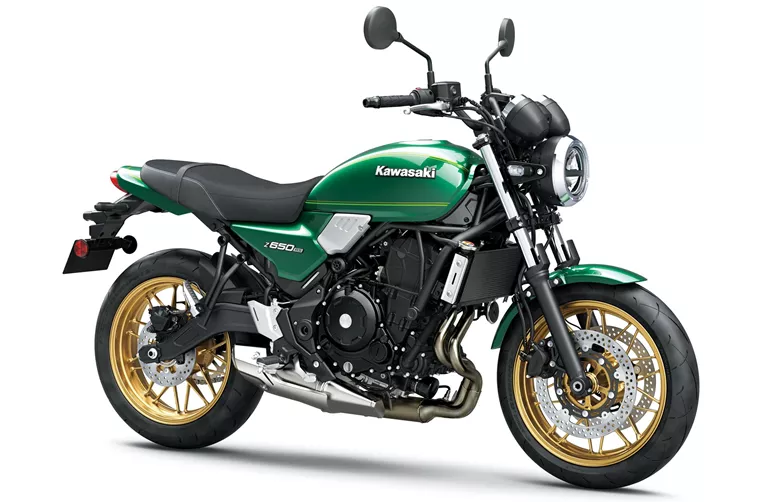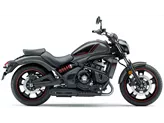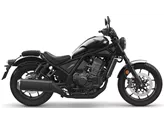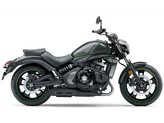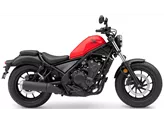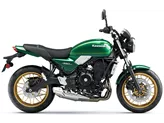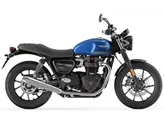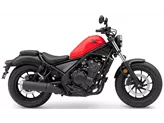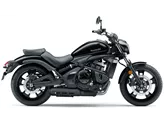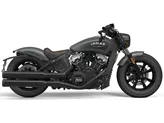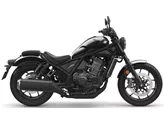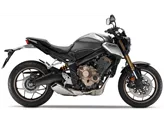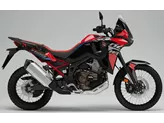Kawasaki Vulcan S 2015 vs. Kawasaki Z650 RS 2022

Kawasaki Vulcan S 2015
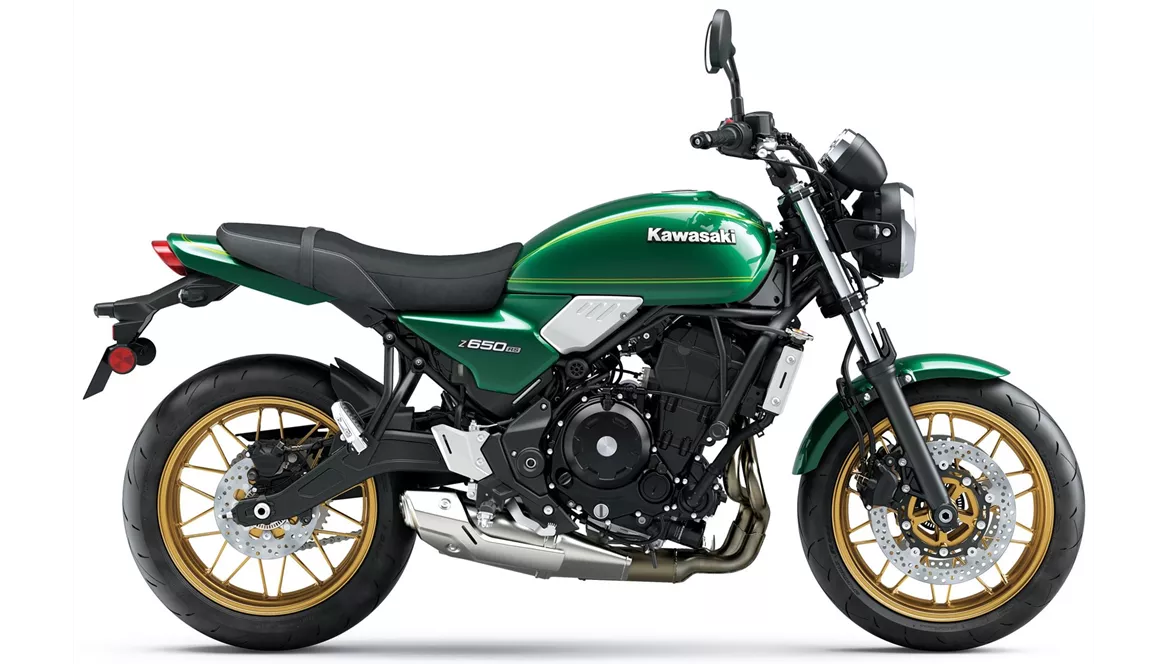
Kawasaki Z650 RS 2022
Overview - Kawasaki Vulcan S 2015 vs Kawasaki Z650 RS 2022
The Kawasaki Vulcan S 2015 and the Kawasaki Z650 RS 2022 are both impressive motorcycles with their own unique features and strengths.
Starting with the Kawasaki Vulcan S 2015, it boasts a rev-happy engine that performs well in both high and low rev ranges. With a power output of 61 HP and torque of 63 Nm, it offers a decent amount of power for cruising on the open road. The bike is equipped with a chain transmission and features a liquid-cooled, in-line, 2-cylinder engine with a displacement of 649cc. The frame is made of steel and has a perimeter design, providing stability and durability. The front brakes consist of a single disk with double piston calipers, ensuring reliable stopping power. The front tire has a width of 120 mm and a diameter of 18 inches, while the rear tire has a width of 160 mm and a diameter of 17 inches. The wheelbase measures 1575 mm, offering a stable and comfortable riding experience. The seat height is relatively low at 705 mm, making it accessible for riders of all heights. However, the bike does have a higher kerb weight of 228 kg, which may affect maneuverability. The fuel tank has a capacity of 14 liters, providing a decent range for long rides.
On the other hand, the Kawasaki Z650 RS 2022 stands out with its perfectly realized retro design. It features analogue displays, adding to its classic appeal. The engine power has been increased to 68.2 HP, with a torque of 65.7 Nm, offering a livelier and more spirited ride. The bike also has a chain transmission and a liquid-cooled, in-line, 2-cylinder engine with a displacement of 649cc. The frame is made of steel but has a tubular design, giving it a unique look. The front brakes consist of double disks with double piston calipers, providing powerful and reliable braking performance. The front tire has a width of 120 mm and a diameter of 17 inches, similar to the Vulcan S, while the rear tire remains the same with a width of 160 mm and a diameter of 17 inches. The wheelbase is shorter at 1410 mm, which may result in slightly different handling characteristics compared to the Vulcan S. The seat height is higher at 820 mm, offering a more upright riding position. The kerb weight has been reduced to 187.1 kg, making it more agile and easier to handle. The fuel tank capacity has also been increased to 15 liters, providing a slightly longer range.

Kawasaki Vulcan S 2015
In terms of strengths, the Kawasaki Vulcan S 2015 offers an idiosyncratic look and a narrow rear tire, which enhances maneuverability. It also features the Ergo-Fit system, allowing riders to optimize their riding position for maximum comfort. The bike has a decent brake system with ABS and a sufficiently comfortable chassis.
On the other hand, the Kawasaki Z650 RS 2022 impresses with its perfectly realized retro design, analogue displays, and adjustable levers. The engine is lively and the handling is accessible, making it a joy to ride. The brakes are powerful and the ergonomics are comfortable. Additionally, the bike is a real eye-catcher, sure to turn heads wherever it goes.
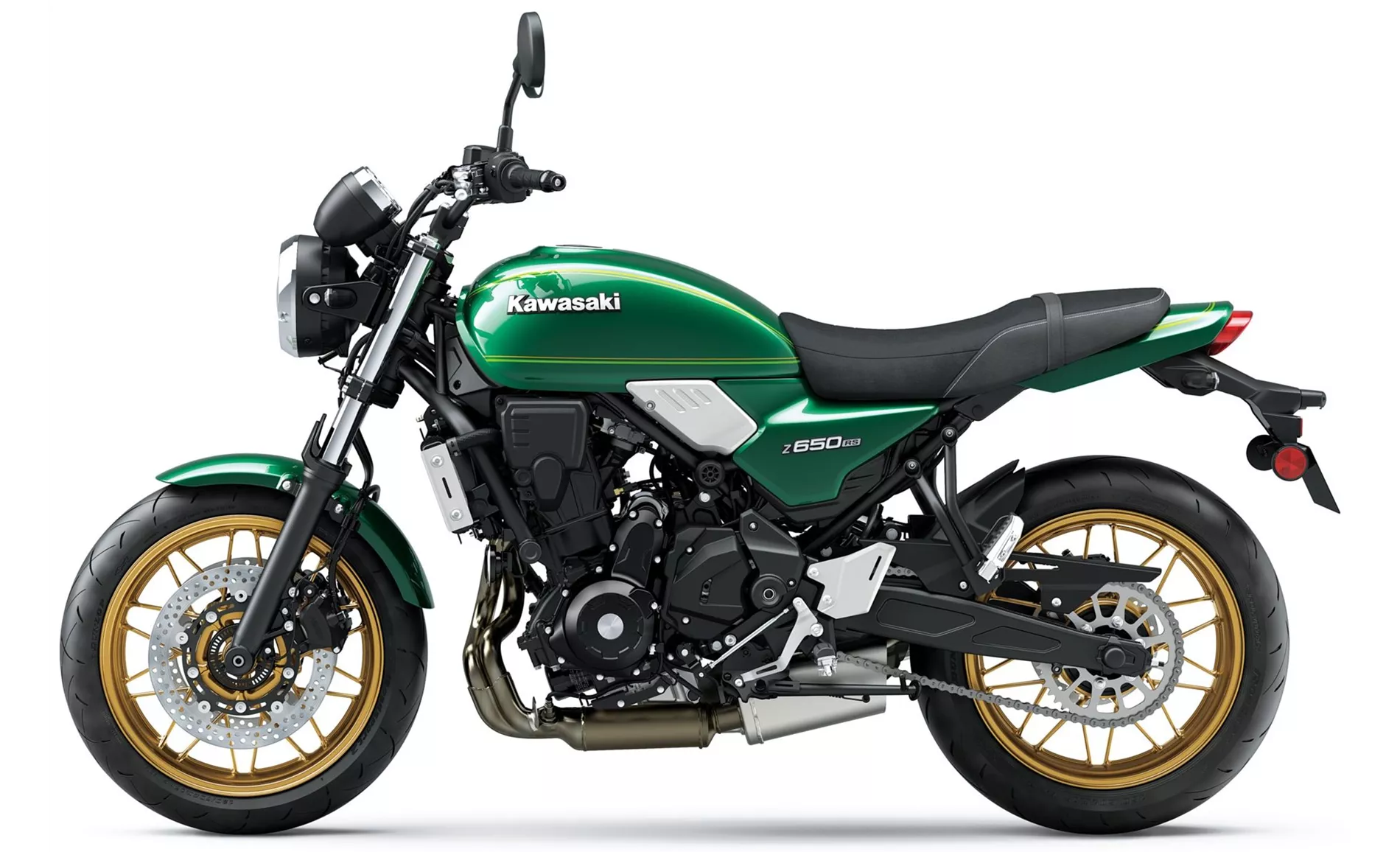
Kawasaki Z650 RS 2022
However, the Kawasaki Vulcan S 2015 does have a few weaknesses. The Ergo-Fit system comes at an additional cost, which may be a drawback for some riders. The wind protection is also moderate, which could be an issue on longer rides. Furthermore, the gear indicator is only available as an optional extra.
As for the Kawasaki Z650 RS 2022, its only notable weakness is a slightly softer sound compared to other motorcycles in its class.
In conclusion, both the Kawasaki Vulcan S 2015 and the Kawasaki Z650 RS 2022 have their own strengths and weaknesses. The Vulcan S offers a unique look, comfortable ergonomics, and the option for personalized adjustments with the Ergo-Fit system. On the other hand, the Z650 RS stands out with its retro design, lively engine, and comfortable handling. Ultimately, the choice between the two will depend on individual preferences and priorities.
Technical Specifications Kawasaki Vulcan S 2015 compared to Kawasaki Z650 RS 2022
Pros and Cons in comparison
Pros and Cons in comparison
Kawasaki Vulcan S 2015

The Vulcan S is reinvigorating the "small" mid-size cruiser scene - not only because of its unique design, but also because it is so easy to ride and is aimed at beginners. The low seat height and the narrow saddle help the rider to stand securely on the ground, while the low centre of gravity also makes for easy and safe handling. The engine also fits in well with the uncomplicated appearance, can be revved up decently from 2000 rpm and only stops at around 10,000 rpm - something that has never been seen before in a cruiser. The "Ergo-Fit" system, which varies the seat height, the rider's distance from the handlebars and the footrests, costs extra but also allows the Vulcan S owner generous customisation options.
Kawasaki Z650 RS 2022
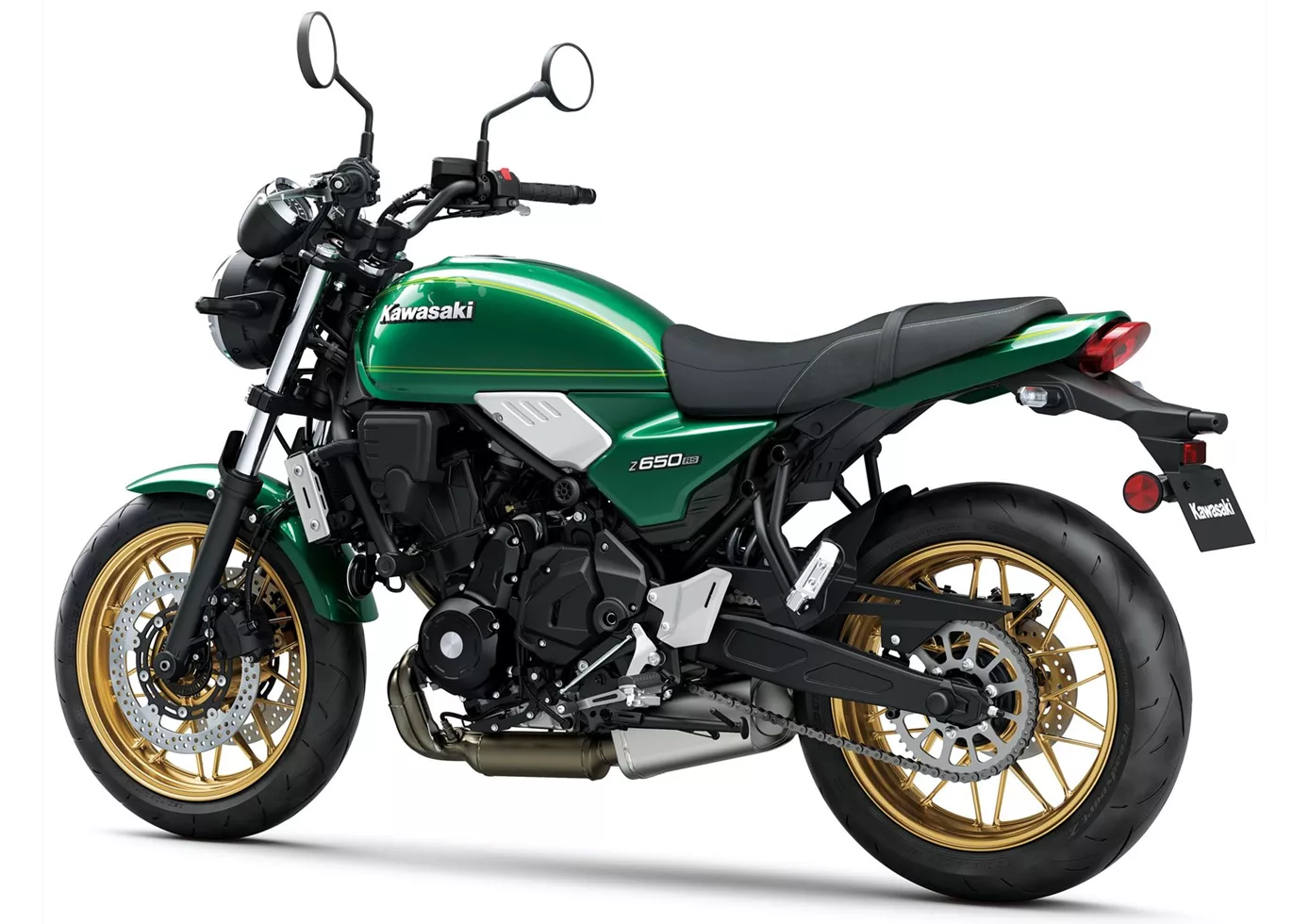
With the RS, Kawasaki proves that it has mastered the art of retro bikes. You immediately forget that underneath the pretty dress is the normal Z650, because thanks to the right details, the retro design has been convincingly implemented. In the saddle, you enjoy the accessibility that you know from the technical sister. A retro bike that both beginners and experienced bikers will really enjoy!
Price Comparison Avarage Market Price Kawasaki Vulcan S vs Kawasaki Z650 RS
There are a few key differences between a Kawasaki Vulcan S 2015 and a Kawasaki Z650 RS 2022. In terms of price, the actual average price of a Kawasaki Z650 RS 2022 is about 21% higher. A Kawasaki Vulcan S 2015 experiences a loss of 380 USD in one year of ownership. This is offset by a loss of 300 USD for a Kawasaki Z650 RS 2022. Compared to Kawasaki Z650 RS 2022 there are less Kawasaki Vulcan S 2015 bikes available on the 1000PS.de Marketplace, specifically 8 compared to 34. It takes less time to sell a Kawasaki Vulcan S with 75 days compared to 146 days for a Kawasaki Z650 RS. Since model year 2015 1000PS.de editors have written 13 reviews for the Kawasaki Vulcan S and 12 reviews for the Kawasaki Z650 RS since model year 2022. The first review for the Kawasaki Vulcan S was published on 10/16/2014 and now has more than 14,800 views. This compares to more than 39,300 views for the first review on Kawasaki Z650 RS published on 9/27/2021.

